No, this is not a Porsche, and you can forget all about challenging it with your brand new 911 – because you’d never stand a hope in hell.
What it is though is the brand spanking new RUF, as revealed at the Geneva Motor Show.
Never heard the name RUF before? I don’t blame you. So, before we sink our fingers into the technicalities of this new machine, let’s go on a ‘brief’ history lesson.
In 1939 Alois Rur Sr formed the company Auto Ruf, a humble family operated corner service garage. The years following 1939 weren’t exactly the best times for small German businesses, or Germans, or Germany … but that’s a whole separate history lesson. RUF themselves acknowledge the period as a ‘challenging economy’, but nonetheless the company somehow managed to grow during the decade following its inception.

With growth comes expansion, and in 1955 Ruf Sr realised that Germany needed tourist buses, so he went after a new challenge and set up an entire separate business in the process.
Ruf Sr’s passion and involvement in the auto industry rubbed off on his son, Alois Ruf Jr. And in 1960 Ruf Jr started tinkering with vehicles in the family garage, servicing and restoring cars — mainly Porsches.
In 1974 Ruf Sr passed away, and at only 24-years-old Ruf Jr immediately took the reins of the family business, altering its direction and beginning a legacy that lasts to this day.
Ruf Jr shifted the focus of the family service garage to his passion, Porsche vehicles, and within one year the first RUF-enhanced Porsche rolled out of the workshop — a tuned version of a Porsche 930. This was followed by a car that would cement the RUF name worldwide as a premium sports car tuning company – the 911 SCR (bellow).
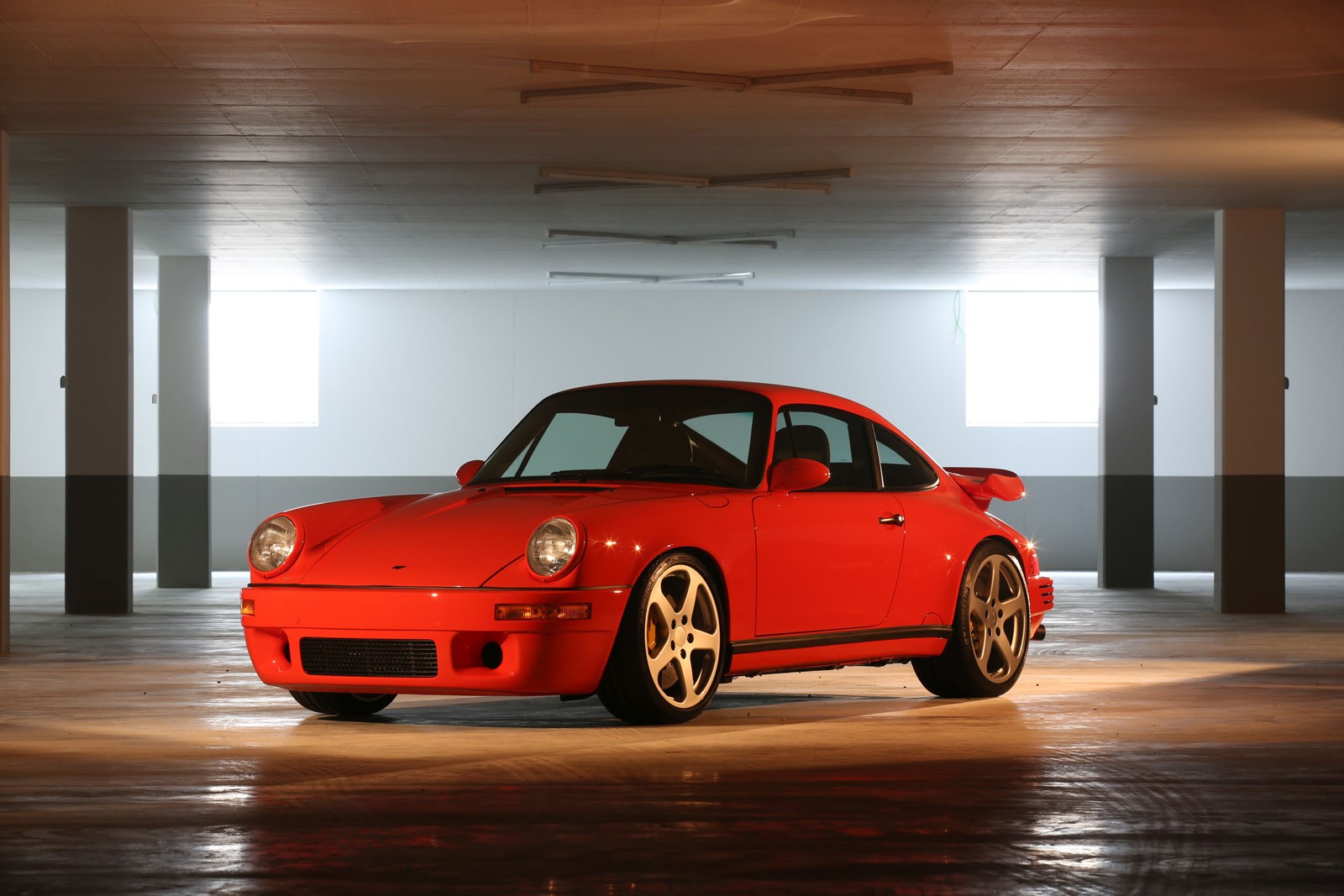
It was the first icon in terms of style and performance for RUF enhanced vehicles, featuring a stroked 3.2-litre naturally aspirated engine and numerous upgrades to the 911 chassis it was based on.
Then RUF’s reputation for producing massively powerful Porsches reached new heights in 1987, when the company revealed the 911 CTR ‘Yellowbird’.
The 350kW, twin-turbocharged, 1,150 kilo CRT became the world’s fastest production vehicle when it set a time of 8:05 around the Nurburgring that same year. To put the Yellowbird’s speed in perspective, two decades later in 2007 the first generation all-wheel-drive Audi R8 V8 set a time of 8:04 …
Now in 2017, RUF are celebrating the legacy of the CTR Yellowbird with a monumental step forward for the company by revealing the 2017 RUF CTR at Geneva this week — and all is not as it seems.
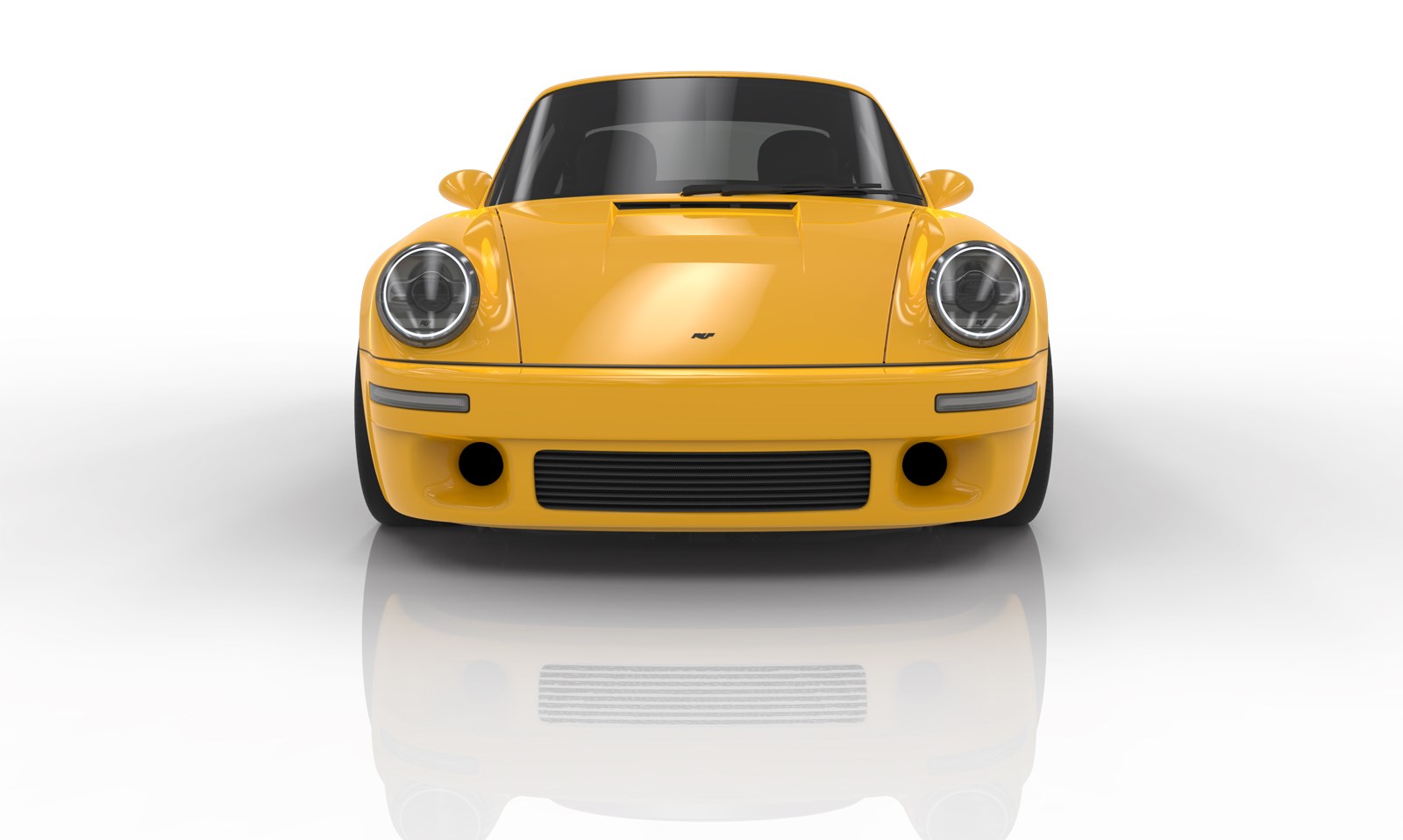
Yes, it looks quintessentially Porsche. Yes, it shares similar headlamps, taillights, and lines. But, none of this is Porsche. All of it, remarkably, is crafted by RUF themselves; a first for the company.
“The concept for the 2017 CTR is one that I have had in my head for a very long time,” said Ruf Jr.
“We have been waiting for the right point in our history to build our own car and the 30th anniversary of the CTR ‘Yellow Bird’ is that moment.”
Design cues from the original CTR stick out immediately. The silhouette, narrow body, rear inlets, 19-inch centre locking wheels and yellow hue all seem familiar.
But that’s all on the surface, the moment you delve deeper into the cars skin, everything changes.
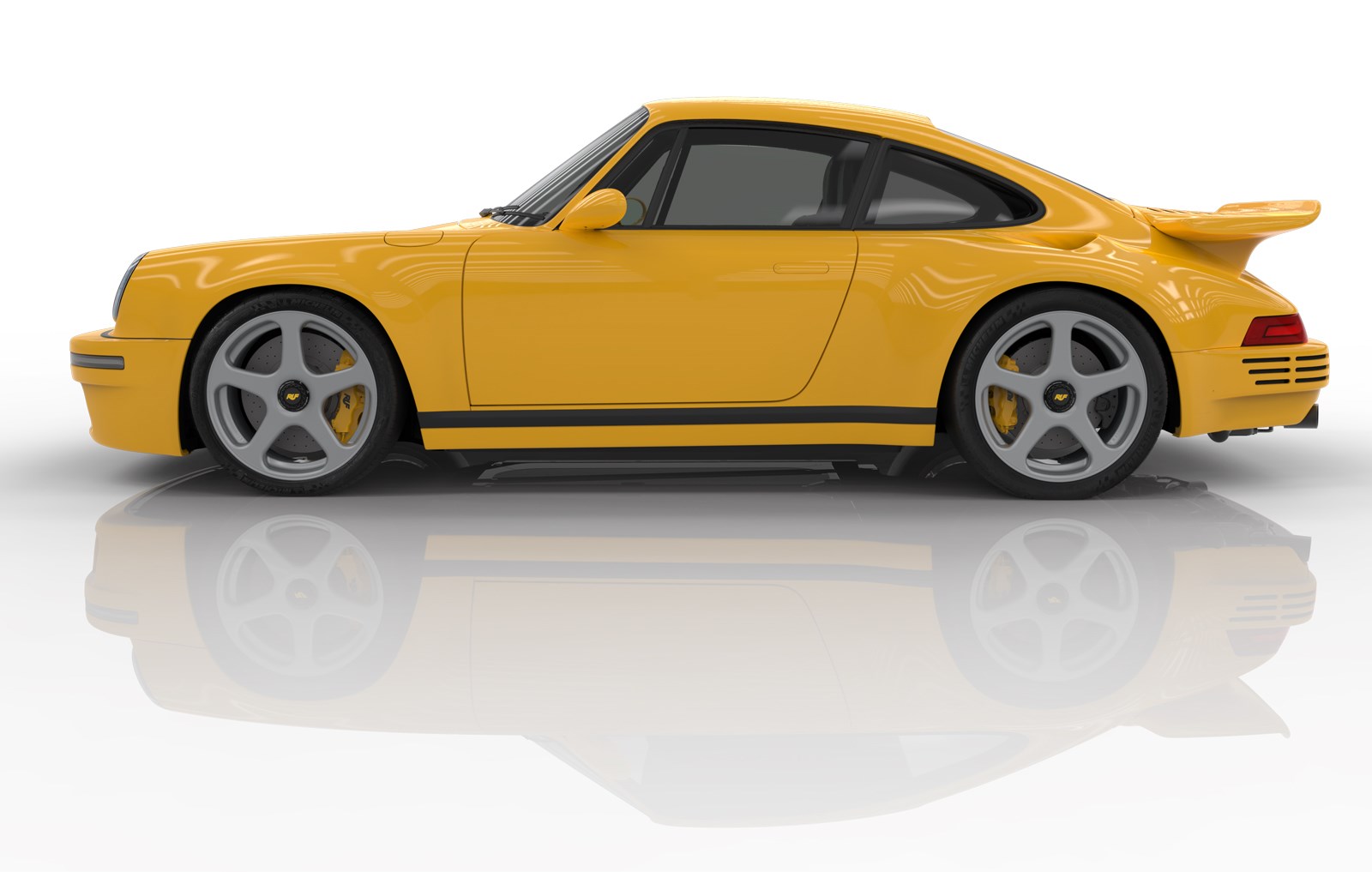
This new CTR is the first car to be engineered and designed entirely in-house by RUF.
In an industry first, the rear engine vehicle is packaged in a bespoke carbon fibre monocoque chassis. The body is also made entirely from carbon fibre. Dry, the vehicle weighs in at only 1200kg, so it wouldn’t need much of an increase in power from the original 350kW available on tap in the original … right?
Well, RUF clearly didn’t feel that way.
The new numbers coming out the CTR’s engine bay are borderline absurd. Their new twin-turbo 3.6-litre, dry-sump flat-six engine is capable of producing 522kW at 6,750rpm and 880 Nm at 2,750rpm – I’ll remind you, the whole vehicle weighs 1200kg.
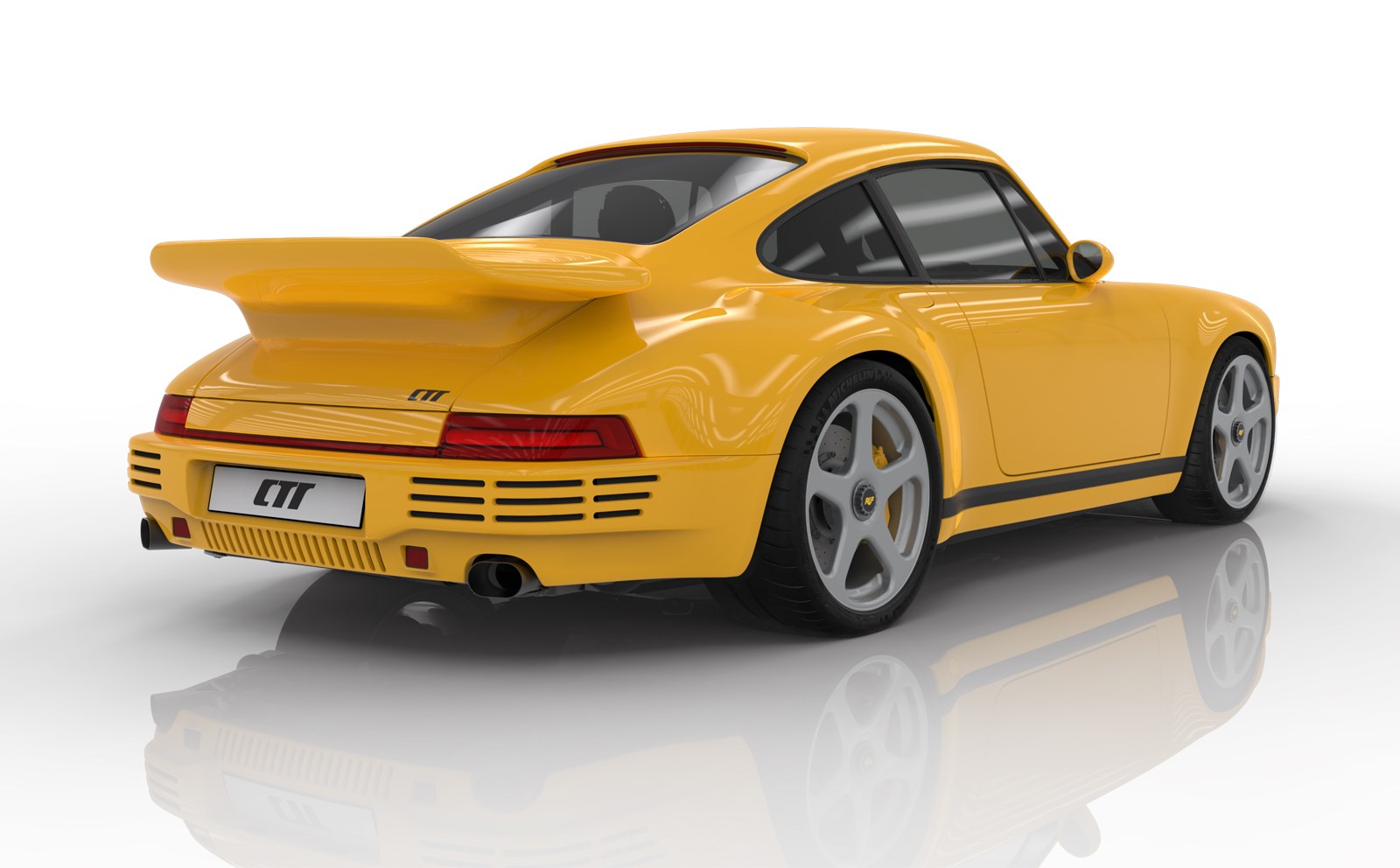
This allows a 0–100km/h time of 3.5 second, 0–200km/h in less than nine seconds, and a top speed of 360km/h.
Drivers control all that power with a newly developed six-speed manual transmission that sends power to the rear wheel through a limited-slip differential. Double-wishbone suspension takes care of the twisty stuff, and huge vented carbon ceramic brake disks (380mm in the front, 250mm in the rear) offer adequate stopping power.
Inside you’ll find a minimalist, driving focused interior. Two seats made from carbon fibre and finished in alcantara add to the weight savings. And a three-spoke steering wheel, analogue gauges, green interface and aluminum pedals are all a nod to the cars racing pedigree.
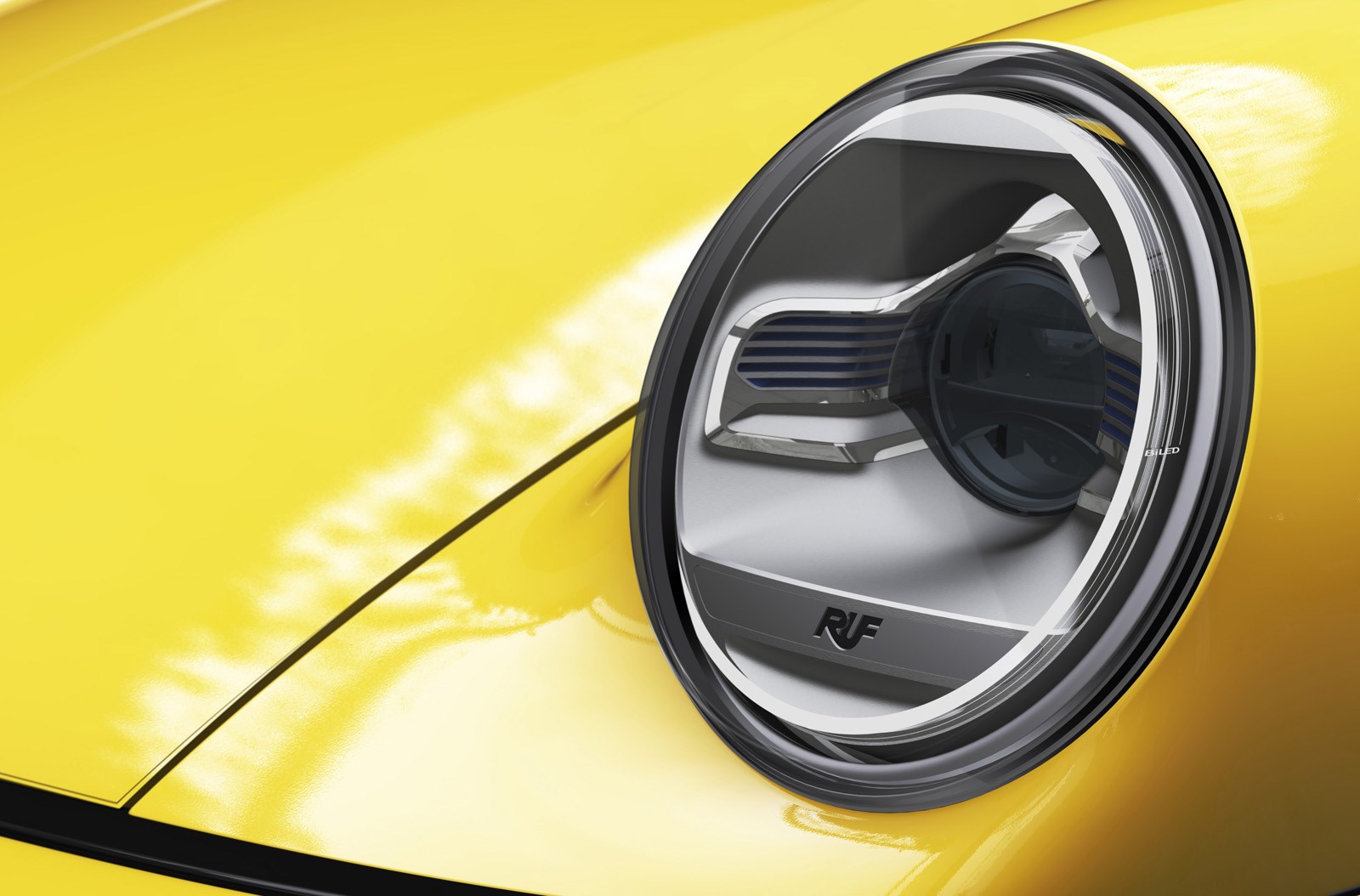
“We began development on the new CTR five years ago with the goal of creating a thrilling, analog driving experience that combines an amazing power-to-weight ratio, manual transmission and modern racing technology,” said Estonia Ruf.
A production run of 30 CTR units (including the prototype pictured) is planned, with pricing to be announced very soon.
It’s no big surprise then that the CTR has been one of the darlings of Geneva this year. Debuted smack bang in the middle of autonomous this and automatic that, it’s nice to see others recognise that sometimes, in order to move forwards, you’ve got to take a look back.
















